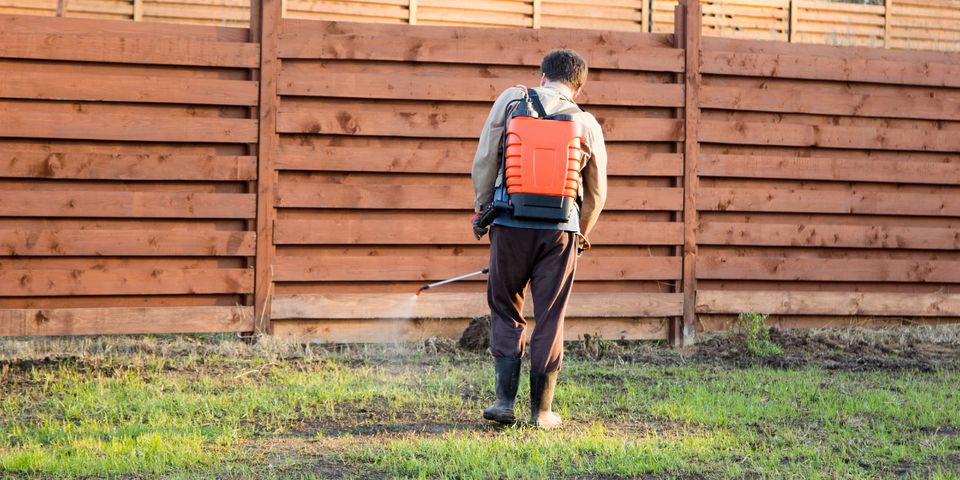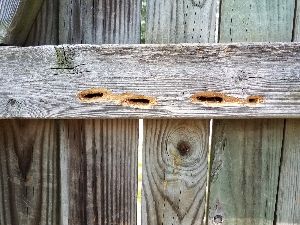A Guide to Protecting Wooden Fencing From Carpenter Bees

From storms to everyday wear and tear, there isn’t much that wood fencing can’t withstand. However, a common problem when maintaining them is deterring destructive pests like carpenter bees. Whether you’re struggling with these critters already or are interested in learning how to protect your fencing, you can find the information you’re looking for in the following guide.
What Are Carpenter Bees?
In the United States, carpenter bees belong to two groups: large carpenter bees, or Xylocopa, and small carpenter bees (Ceratina). Xylocopa grow up to an inch in length and have yellowish hairs along the legs, thorax, and abdomen similar to those on a bumblebee.
Ceratina typically grow only to just over a quarter of an inch long and resemble flying ants or houseflies. Both are usually most active during the early spring through summer, when they come out of hibernation and look for nesting sites and mates.
How Do They Damage Wood?

Carpenter bees differ from other bee species in that they bore into dry, unpainted wood to make their nests. Outdoor wooden structures such as wood fencing, door and window frames, and decking are particularly vulnerable.
Carpenter bees build nests called “galleries” by burrowing into wood and excavating larger areas inside in which to lay eggs and hibernate. The entrances to these nests lead to extensive networks of tunnels and caverns which can severely destabilize wooden structures.
Because females prefer to nest in existing galleries and enlarge them as needed, successive generations can gradually destroy a wooden fence post or railing. Galleries can also attract predators such as woodpeckers, which will further damage wood to feed on bee larvae.
Common signs of an infestation include 1/2- to 3/4-inch circular openings in wood surrounded by yellowish stains and wood shavings. Male carpenter bees will behave aggressively around their nests.
How Can You Protect Your Fencing?
Early fall is the best time to protect your fencing from carpenter bees, since their eggs will have hatched and they’ll have moved on. Plug the entrance holes with putty or wood filler and paint your fence to deter further activity.
If you want to get rid of a newer carpenter bee problem, you can spray insecticide on and around the holes. Longer-term infestations can be countered with insecticidal dust sprayed deep inside galleries.
Alternatively, you can use non-lethal methods such as carpenter bee traps, loud noises and vibrations, and non-toxic sprays made of water and citrus or almond oil applied around gallery entrances.
If you need to repair or replace wood fencing damaged by carpenter bees, turn to American Fence Company in Hinesville, GA. Serving homeowners throughout southeast Georgia for over 30 years, they offer a wide range of premium fencing materials and styles built to withstand pest activity and the elements for years at a time. Call (912) 876-8721 to request a free estimate, or visit their website to learn more.
About the Business
Have a question? Ask the experts!
Send your question

